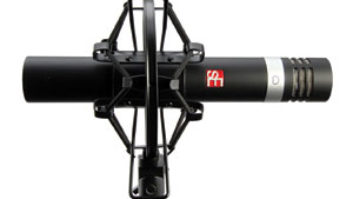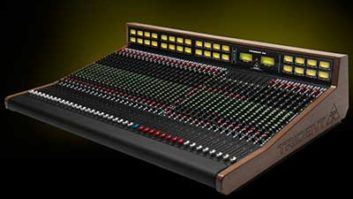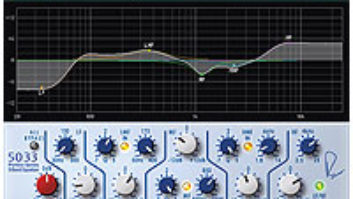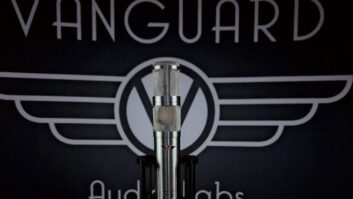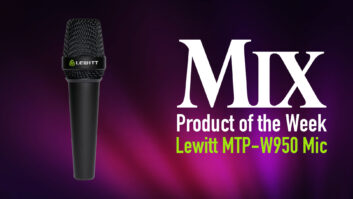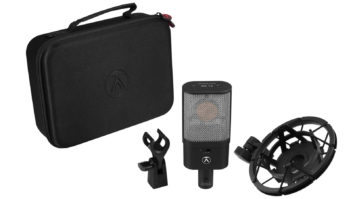Following up on the success of the active ribbon microphone, the RNR1, Rupert Neve and sE Electronics have created a small condenser mic with interchangeable capsules, The RN17 ($1,500 with cardioid capsule). The impression of every part of the package is one of absolute quality. The body of the mic has an interesting-looking bulge that contains the active electronics and transformer. The shock mounts not only look good and feel extremely solid, but are exceptionally effective…these may just be the best shock mounts I have ever come across. Changing the capsules is quick and easy.

I used the mics over a one-week period as drum overheads on a jazz trio and in various roles for piano and guitars on a blues band. I also tested the mics using our R&S and HP audio test rigs. The very first impression, using the cardioid capsules and alongside other small-diaphragm condenser mics, was that they were not as “sparkly” as other similar models, but in the mix, they sounded considerably better and had a “silky” quality to their sound. Later testing showed that they have plenty of top end and are more or less linear (+/-3 dB) up to 22 kHz.
The cardioid capsule was remarkable, in that the 90-degree offaxis response was almost exactly -6 dB uniformly across all frequencies above 200 Hz and slightly less below. This uniformity of off-axis response resulted in some of the best stereo imaging I have heard. There is also a hyper-cardioid, which, other than being more directional, cardioid. The omni capsule, used on our grand piano, gave a fullbodied sound that did full justice to the instrument. The figure-ofeight capsule makes an ideal match for the cardioid and the omni in particular when you are out hunting for that perfect M-S combination, and gave some of the best M-S imaging I have heard. There was absolutely no difference in response between one side of the figure-of-eight and the other and here, as with all the capsules, no hint of distortion.
All the capsules showed excellent bass response, giving lie to the mistaken belief that smalldiaphragm mics “can’t do bass.” When used as a stereo pair, two RN17s recording our all-acoustic blues group gave an excellent stereo image with plenty of bass-fiddle sound, all on their own.
The RN17 gives the user a clean sound in a way that is almost shocking. You only really know if a microphone is any good or not when it comes to mixing. Those sparkling highs from some microphones that impress so easily on first listen can refuse to sit in the mix and may even start to “spit” when boosted. The RN17 sounds neutral, and you might even think that it is without character, until you start to twiddle knobs and push faders. Then you get all the character you want.
sE Electronics
seelectronics.com
